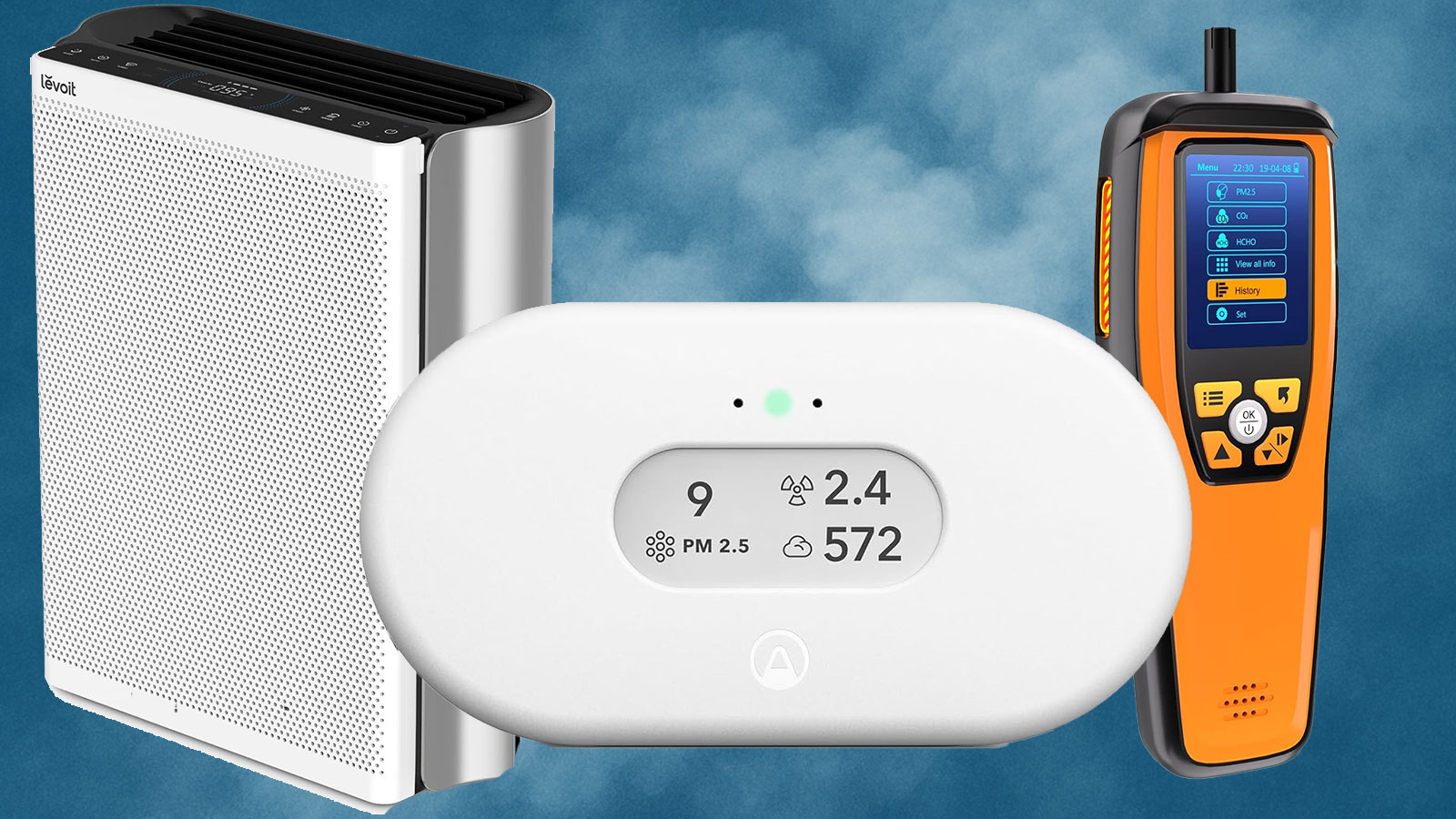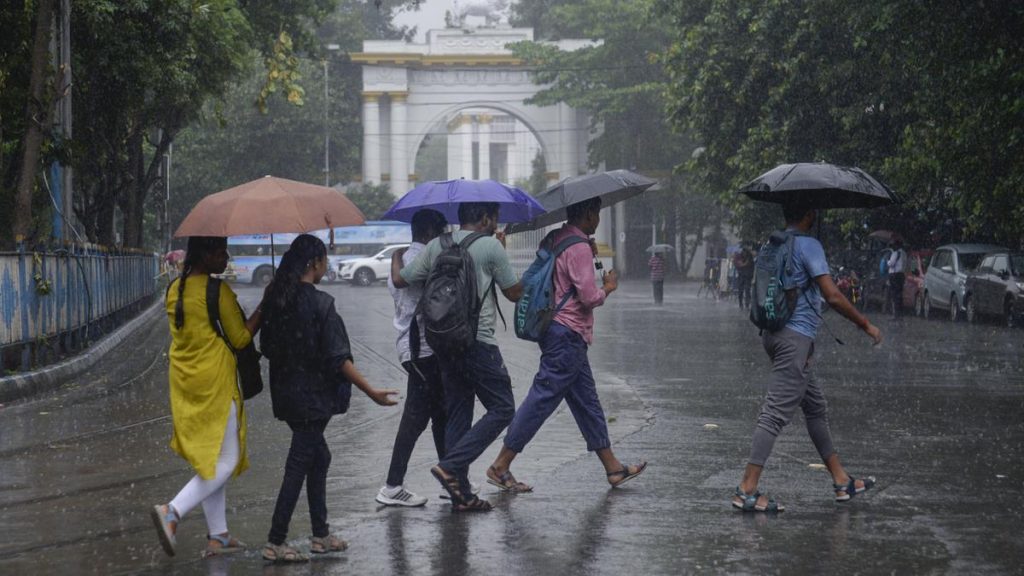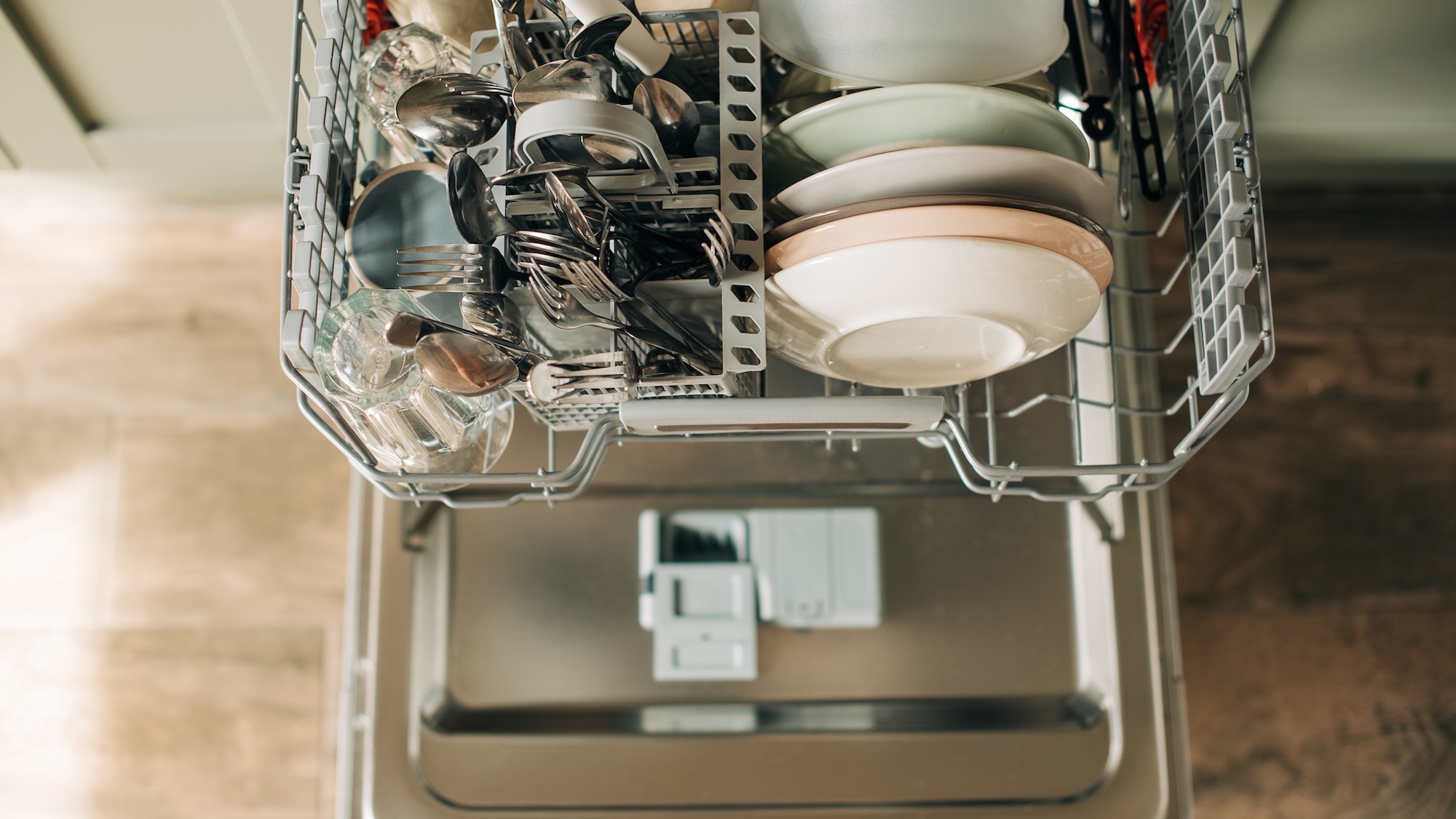Now Reading: Simple Ways to Check Air Quality at Home Yourself or with Expert Help
-
01
Simple Ways to Check Air Quality at Home Yourself or with Expert Help
Simple Ways to Check Air Quality at Home Yourself or with Expert Help

Fast Summary
- Indoor Air Concerns: The U.S. EPA states indoor air can be 3-5 times more polluted than outdoor air, with most people spending 90% of their time inside. Common pollutants include VOCs, mold, dust mites, and lead.
- Expert Insights: michael Rubino highlights the health risks associated with indoor air pollution like neurological issues,immune damage,and diseases caused by exposure to Benzene (found in plastics),Xylene (used in paints),or Mycotoxins (from mold).
- Impact of Modern Buildings: Improved energy efficiency has led to tightly sealed spaces that trap pollutants indoors.
- DIY Monitoring Tools: Devices like hygrometers track humidity levels between 30-50%, while home kits measure allergens (e.g., dust mites), mold spores, VOCs such as formaldehyde or benzene, and particulate matter PM2.5 from cooking or smoke.
- Professional Testing Methods: Professionals use advanced equipment such as laser particle counters and lab-analyzed samples for targeted diagnosis of contaminants like radon gas or airborne bacteria.
- Solutions Suggested:
– Whole-home systems for humidification/dehumidification
– Smart air purifiers that monitor conditions in real-time
– Products include Dreo Cool Mist Humidifier & Levoit EverestAir Smart purifier.
key Tools Featured:
- Temtop M2000 Air Monitor: Measures PM2.5 particles & VOC levels.
- Mold Test Kit: tests surfaces/HVAC systems for mold indicators.
Images featured:
- Tools for measuring home air quality on a blue background
- Specific product recommendations such as the dreo humidifier
Indian Opinion Analysis
India faces similar challenges regarding indoor pollution due to rapid urbanization and the prevalence of airtight construction practices aimed at energy efficiency in cities-a trend highlighted globally here.Tackling poor indoor air quality warrants particular attention given its links to respiratory illnesses common among India’s urban populations amidst rising AQI concerns during winter smog seasons.
DIY methods such as affordable at-home kits can empower citizens to identify household irritants like allergens or toxic gases but will likely need stronger governmental awareness campaigns about proper ventilation practices tailored to local environments prone toward heat buildup/dust accumulations atop sealed concrete-based dwellings stacked densely urban neighborhoods typify domestic setups further compounding those effects needing managed +Filtered basics via carbon tools




























